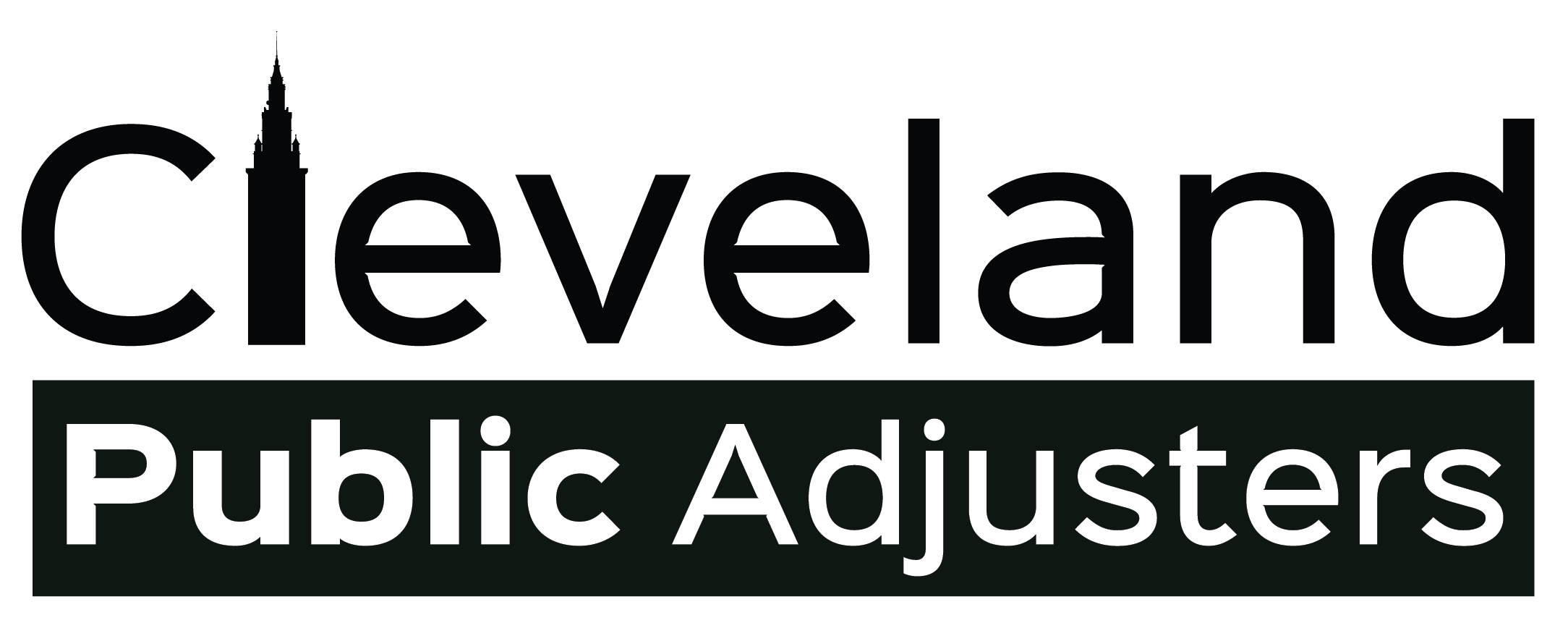Imagine a restaurant, ravaged by fire, its future hanging in the balance. That was the scene in a recent case brought to Cleveland Public Adjusters after the insurer resisted payment, even suggesting a courtroom battle. The surprising culprit? A misinterpretation of the Coinsurance Clause. Our immediate analysis revealed a shared misunderstanding of this pivotal policy provision. This real-world example highlights the often-overlooked complexities of coinsurance and its power to derail a claim – knowledge we’re compelled to share.
I. Understanding Coinsurance and Why Insurers Emphasize It
Coinsurance is a common condition found across various insurance policies, including commercial property, homeowners, flood, health, and even liability coverage. However, for the purpose of this discussion, we at Cleveland Public Adjusters will focus on its application within property insurance.
In practice, coinsurance serves as a mechanism for insurers to encourage policyholders to insure their property up to its full value. Unfortunately, our experience at Cleveland Public Adjusters shows that many policyholders are unaware of this clause or its implications until a loss occurs.¹
The presence of a coinsurance clause is typically noted on the policy’s Declarations Page. Coinsurance mandates that the Named Insured carry a specific percentage, often 80%, 90%, or 100%, of the property’s total insurable value (TIV) at the time of a loss.
When the insured amount meets the coinsurance requirement, the insurer will cover the full loss, up to the policy limit. However, if the carried amount falls short, the policyholder is considered underinsured, and a penalty may be applied. This is a crucial point our experts at Cleveland Public Adjusters frequently address.
Consider a property valued at $250,000 at the time of a loss with an 80% coinsurance requirement. The policy would need a limit of at least $200,000 to comply. It’s vital to project the TIV accurately for the next 12 months, as the coinsurance penalty is calculated based on the value at the time of the loss. Relying solely on the policy inspection date value can lead to penalties if the property’s value increases – a scenario Cleveland Public Adjusters helps clients avoid.
II. Decoding the Coinsurance Formula: Real-World Implications
The formula below dictates the loss settlement when a coinsurance provision is in effect. At Cleveland Public Adjusters, we use this understanding to advocate for our clients:
Let’s illustrate with an example:
| Building Value: $100,000 | Total Insurable Value (TIV) | $80,000 | | Coinsurance Requirement | 80% | | Required Insurance | $64,000 | | Actual Insurance Carried | $40,000 | | Loss Amount | $10,000 | | Deductible | $1,000 |
Applying the formula:
Subtracting the deductible:
In this case, the settlement is $5,250. Because the insured carried only 62.5% of the required insurance, a significant penalty was incurred. Had the required $64,000 in coverage been in place, the settlement would have been $9,000 ($10,000 loss minus the $1,000 deductible) – a difference Cleveland Public Adjusters strives to secure for our clients.
III. Navigating the Coinsurance Clause: The Agreed Value Solution
At Cleveland Public Adjusters, we often advise clients on how to mitigate the uncertainty of the TIV and the potential for coinsurance penalties. A key strategy is requesting an Agreed Value endorsement to the policy.
An Agreed Value endorsement temporarily suspends the coinsurance clause, ensuring full payment for a covered loss up to a predetermined value established when the policy is issued, rather than at the time of the loss. By activating this option, the insurer and the policyholder agree that an adequate insurance limit is in place, allowing for the temporary suspension of the coinsurance provision. This is a proactive measure Cleveland Public Adjusters recommends.
Typically, the Agreed Value endorsement has an expiration date, usually coinciding with the policy’s initial 12-month term. This means the coinsurance clause isn’t permanently waived but rather suspended. If the policyholder reduces the coverage below the agreed value during this period, the coinsurance clause will be reinstated.
Similarly, upon policy renewal, the Agreed Value endorsement is often removed unless specifically requested and typically accompanied by an adjustment to the coverage limits and premium. Understanding these nuances is part of the expert guidance Cleveland Public Adjusters provides.
This overview provides a foundational understanding of the coinsurance clause. In future articles, Cleveland Public Adjusters will delve into the complexities of coinsurance in the context of business income claims.
Endnotes
¹ For homeowners policies, this provision is often found in “Section I – Conditions; D. Loss Settlement; 2. B.” For commercial property, this provision is often found in “Additional Conditions: 1. Coinsurance.” For Business Owners Policies, this provision is often found in “E. Property Conditions: 5. Loss Payment: d.(1)(b).”
² Industry studies indicate that a significant percentage of commercial buildings are underinsured. Source information remains the same.
Navigating Insurance Claims After a Loss? Contact Cleveland Public Adjusters for Expert Assistance.
If your insurance claim for fire or other property damage has been unfairly denied, delayed, or underpaid, the experienced team at Cleveland Public Adjusters is here to help. Contact us today for a comprehensive claim evaluation.

